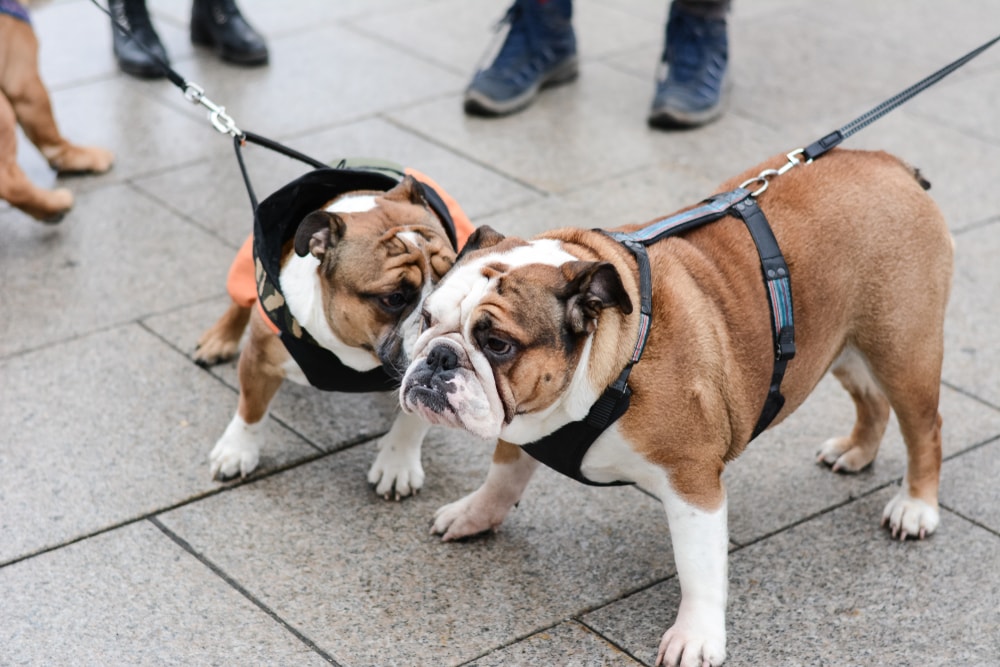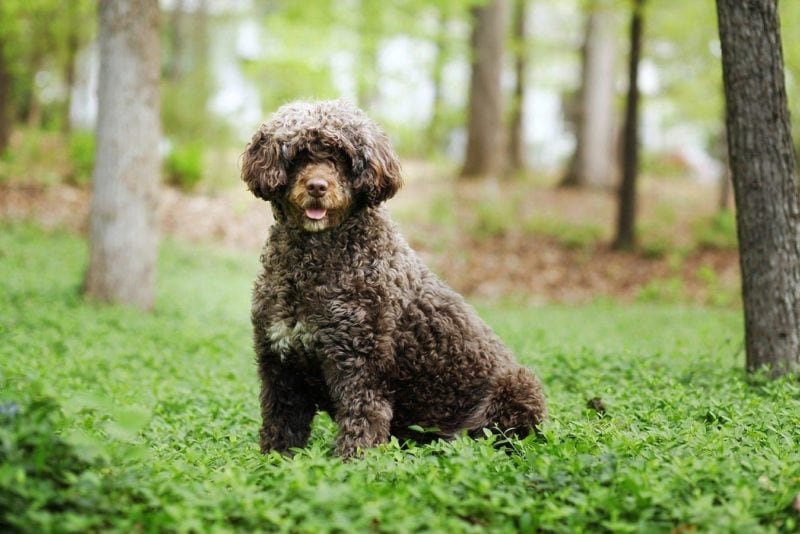How To Help Your Dog If They Have Car Sickness – 7 Vet-Approved Tips
Updated on
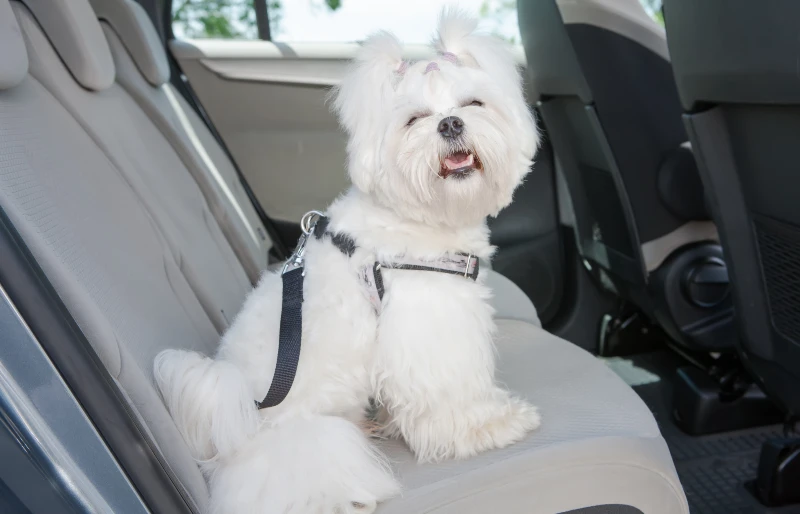
Dogs can get car sick just like humans. This can be incredibly distressing for both you and your pup, especially if you’re an avid traveler and want to have your dog tag along with you on your adventures. The last thing you want to do is drag your pet along with you when it’s feeling nauseous or stressed out in the car.
Thankfully, there are several things you can do to make car rides more comfortable for your pup. Read on to learn everything you’ve ever wanted to know about car sickness and dogs.
Why Do Dogs Get Car Sick?
There are two main reasons your dog may be getting car sick.
It’s Still Young
Car sickness is more often seen in puppies and young dogs than in their older counterparts. The reason for this may be that the ear structures that control balance haven’t yet fully developed. Unfortunately, this doesn’t mean that your dog will outgrow its motion sickness, though many do.
Anxiety
Many dogs will become anxious or nauseous during travel because of a lack of conditioning and the overwhelming stimuli associated with being inside a moving vehicle. Dogs that only go into the vehicle when going to the vet will not be accustomed to travel and will likely associate them with the stressful experience accompanying the car ride.
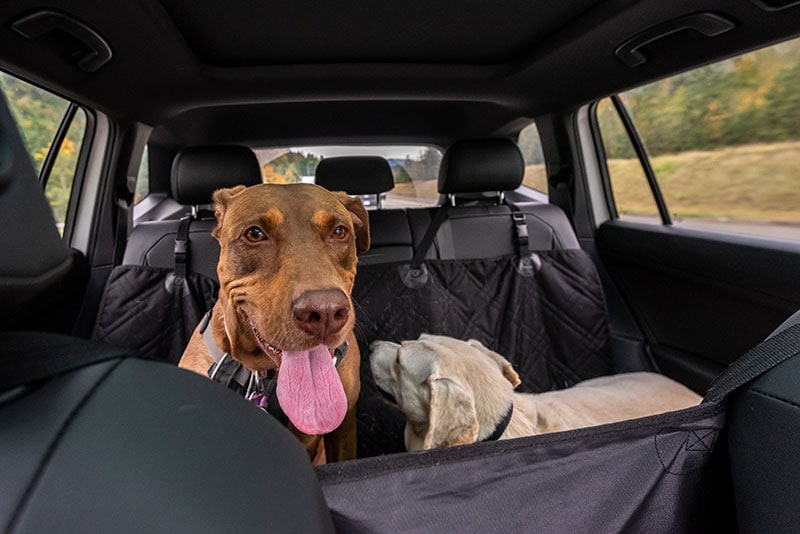
What Are the Symptoms of Car Sickness?
- Whining
- Pacing
- Drooling
- Smacking lips
- Lethargy
- Vomiting
- Diarrhea
- Listlessness
The 7 Tips on How to Help Your Dog If They Have Car Sickness
Seeing your dog anxious, uncomfortable, or in pain can be stressful for you as an owner. Thankfully, you can do a few things to help your pup overcome its car sickness or at least make travel a little more manageable.
1. Control What Your Dog Sees
Watching the world fly by through the car’s side window can nauseate anyone. We know not to look out the window if it makes us sick, but your dog doesn’t understand this, so it might continue looking outside even if it’s starting to feel ill. If the outside world flying by is what’s making your dog car sick, you need to adjust what your pup can see.
Put your dog in the middle seat in the back so it’s more likely to look straight ahead instead of out the side windows. Use a seat belt for the dog or a safety harness to keep it safely strapped. You might also consider using a solid-sided dog crate to limit your pup’s field of vision. A safety harness or crate will also prevent a nervous dog from hurting itself or causing an accident.
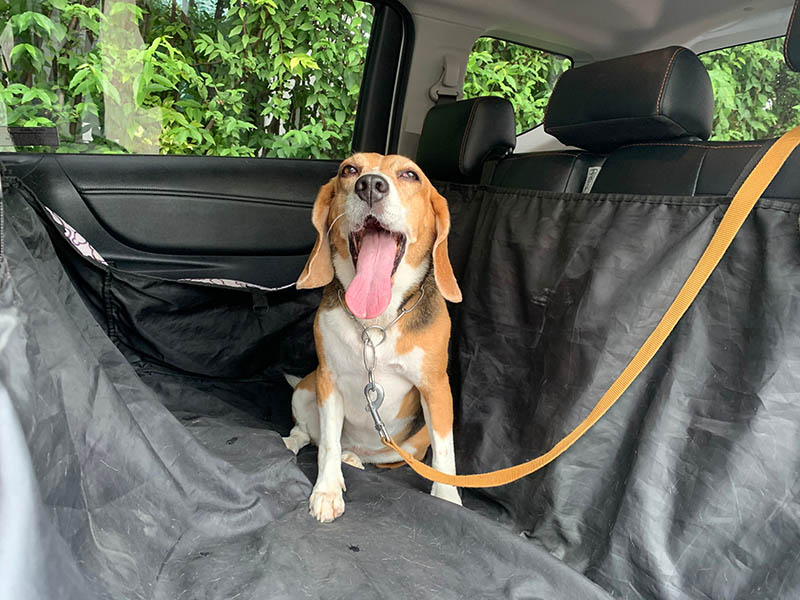
2. Withhold Food Before Travel
If you know your dog vomits or gets diarrhea on long trips, try withholding food for 12 hours before you travel. Do not restrict access to water in this time frame.
For some dogs, an empty stomach while traveling can be just as problematic and nausea-inducing as a full one. If this is the case with your pup, offer it a small piece of sugary candy to help reduce nausea sensations.
Note: Never give your pet chocolate or candy made with xylitol, as they’re toxic for dogs.
3. Roll Down the Windows
Roll down the window a smidge to let fresh air circulate throughout the vehicle. This will equalize the inside and outside air pressure, ultimately reducing nausea. In addition, keeping the car cool and well-ventilated can help reduce any unpleasant sensations your pup may feel.
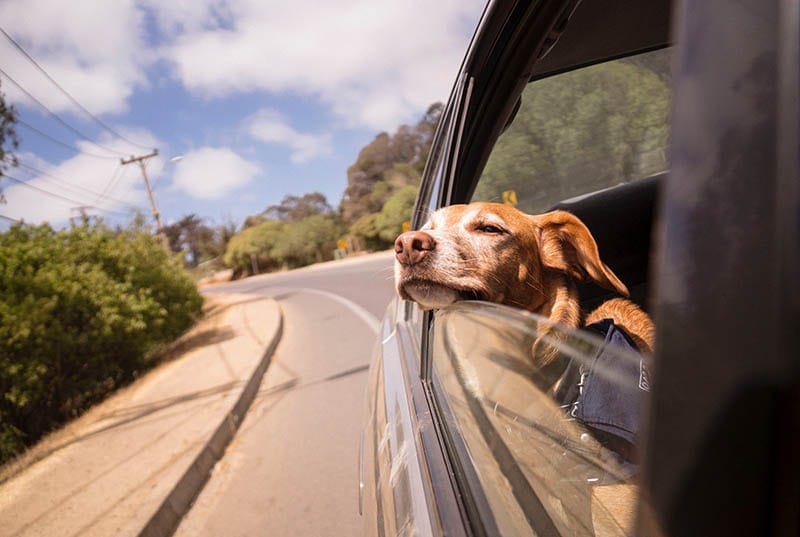
4. Go for a Pre-Travel Drive
One of the best ways to reduce the travel anxiety contributing to your dog’s car sickness is to take a few short trips before going on a longer one. The earlier you can start doing this, the better, as it needs to be done slowly to ensure you don’t overwhelm your pup. Ideally, you’ll have several days or weeks to condition your dog to ride comfortably in your vehicle.
First, you’ll want to put your dog in your vehicle and start the engine. Sit there with your pup with the motor running for some time. Then, the next day, repeat step one. Once your dog feels comfortable in the vehicle with the engine going, you can take baby steps to get it used to the motion of the vehicle. First, try reversing out of your driveway and then returning. Once your pup is okay with this, drive around the block. The next day, go a little further. Your goal should be to be able to go for a 20 or 30-minute car ride without any anxiety or car sickness.
Be sure to provide lots of praise and treats for your pup after every outing so it associates car rides with something positive.
5. Bring the Scent of Home
If it’s anxiety causing your dog’s car sickness, having the smell of home nearby can help it feel a little calmer during your drives. Bring a t-shirt or blanket with your scent to put near your dog or its travel crate to help it feel a little more at home in the car.

6. Get a New Toy
A new toy can provide the distraction your pup needs to ride comfortably in your car. Buy a toy you know it will love and reserve that toy for drives only. This can help your dog associate car rides with fun instead of anxiety-filled.
7. Consider Medication or Supplementation
Medication should be the last resort for dealing with your dog’s car sickness. Your vet may recommend medication for anxiety or nausea. They may also suggest using an antihistamine to help reduce drooling and lessen your pup’s motion sickness. In severe cases, a sedative may be recommended.
Natural herbs or supplements may also calm your pup and settle its tummy.
You could also try using something like Adaptil’s Travel Calming Spray to promote relaxation in a drug-free way. This spray mimics a mother dog’s nursing pheromones, naturally calming your dog when you’re on the go.
Always consult with your vet before administering any medication or supplement.
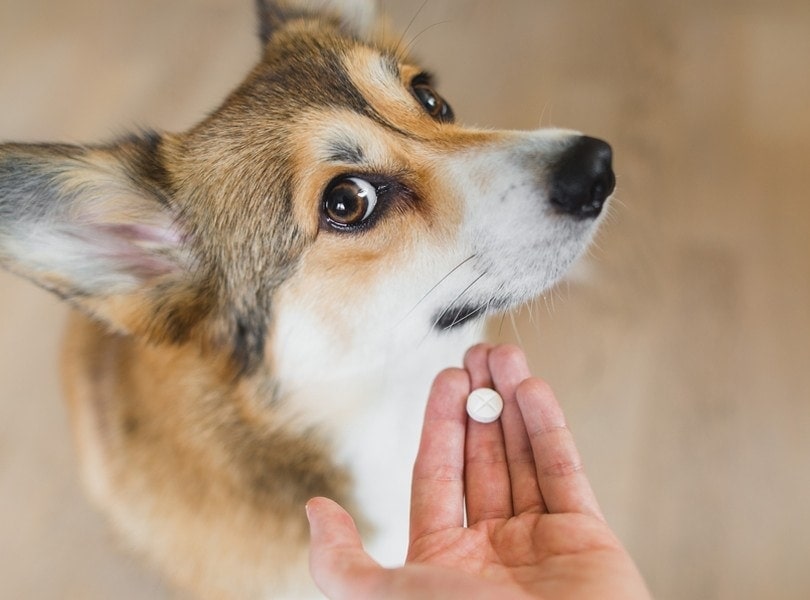
Summary
While some dogs will outgrow car sickness, others will battle it their entire lives. It would be awful for you and your pup if every trip to the vet were marred by motion sickness. You might even want to take your dog on vacation someday. So, it’s well worth your time to try the seven tips above to see if they work for your pet.
You should also reach out to your vet to see if they have further recommendations. They may have tools, medications, or natural remedies to help alleviate your dog’s car sickness.
Featured Image Credit: Maria Sbytova, Shutterstock



